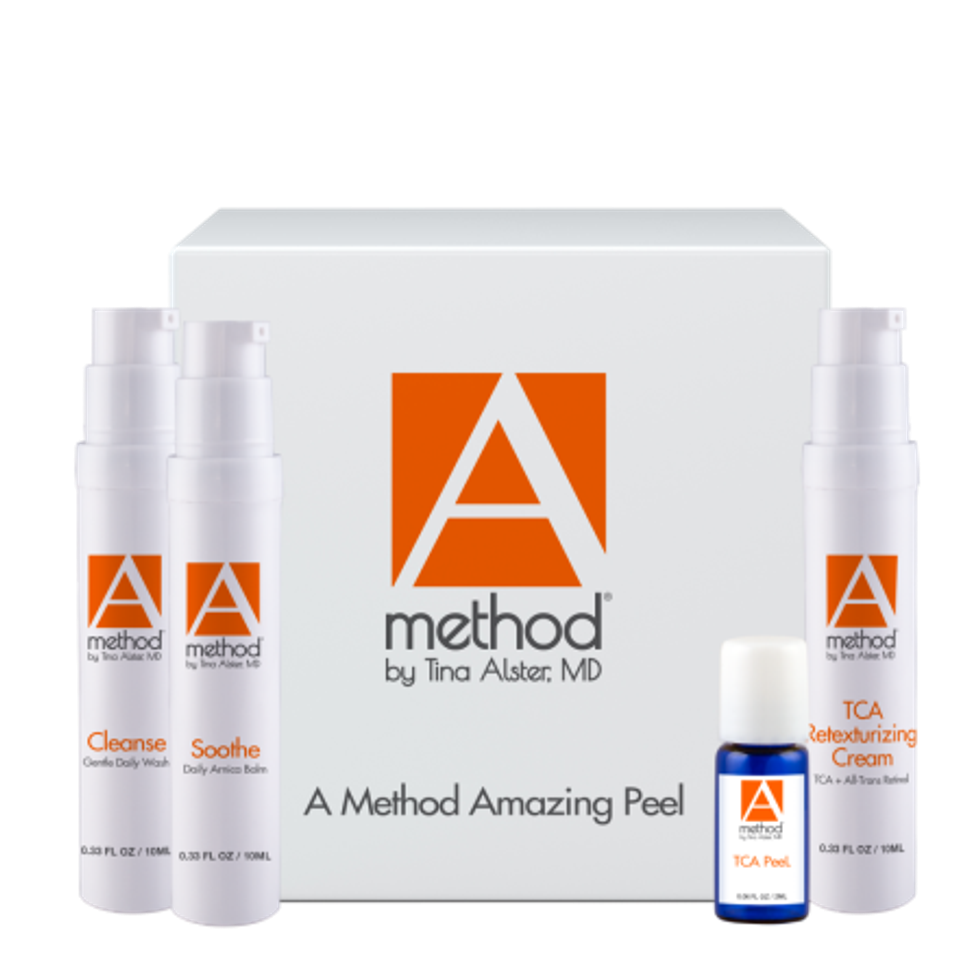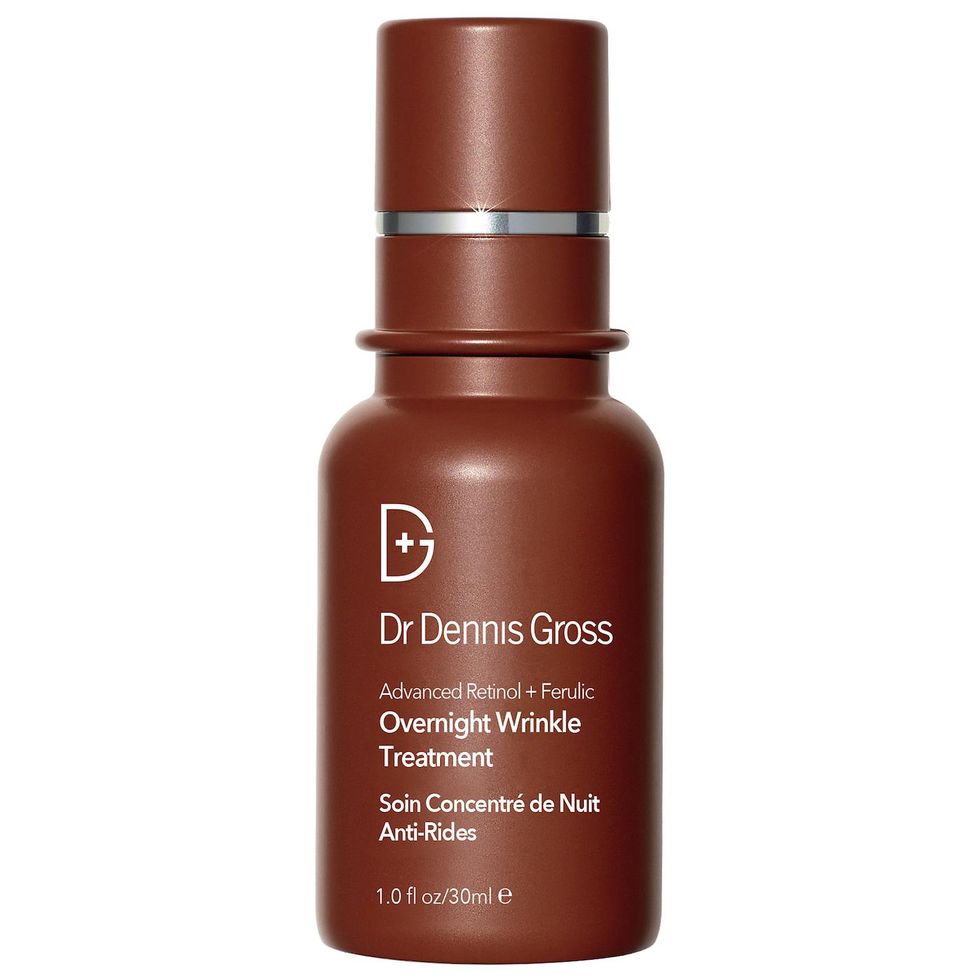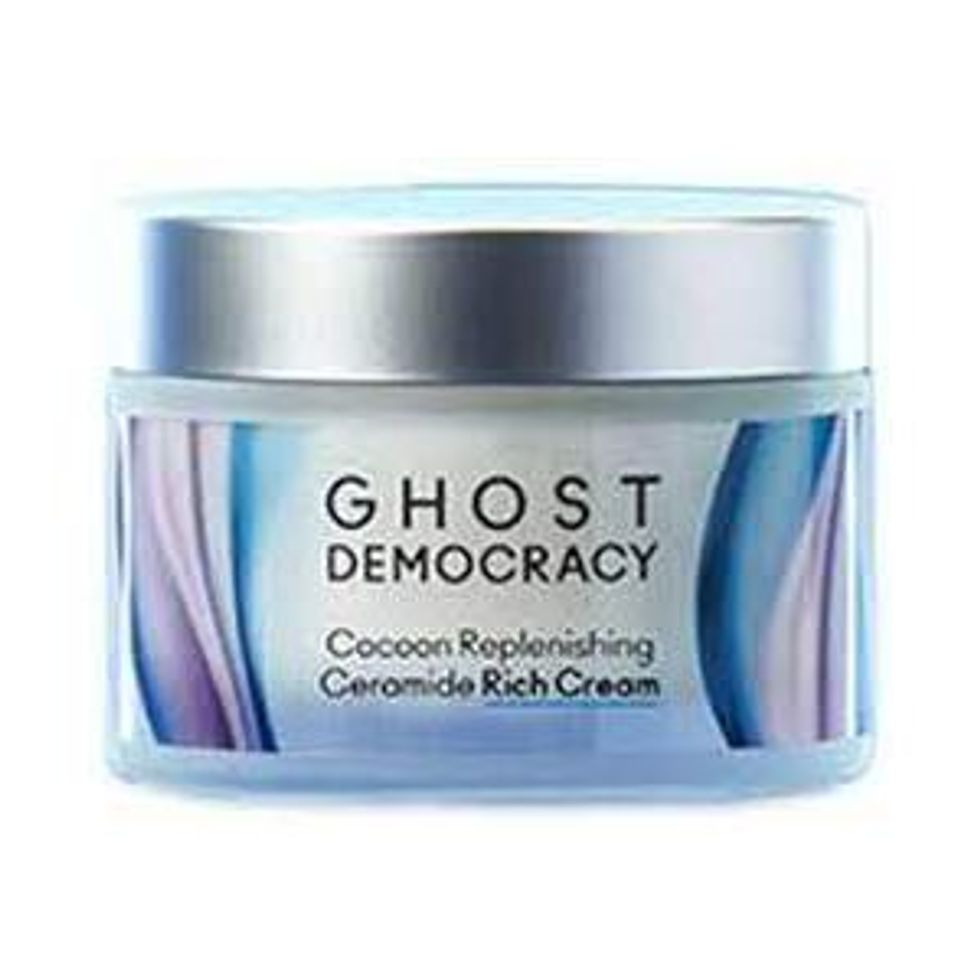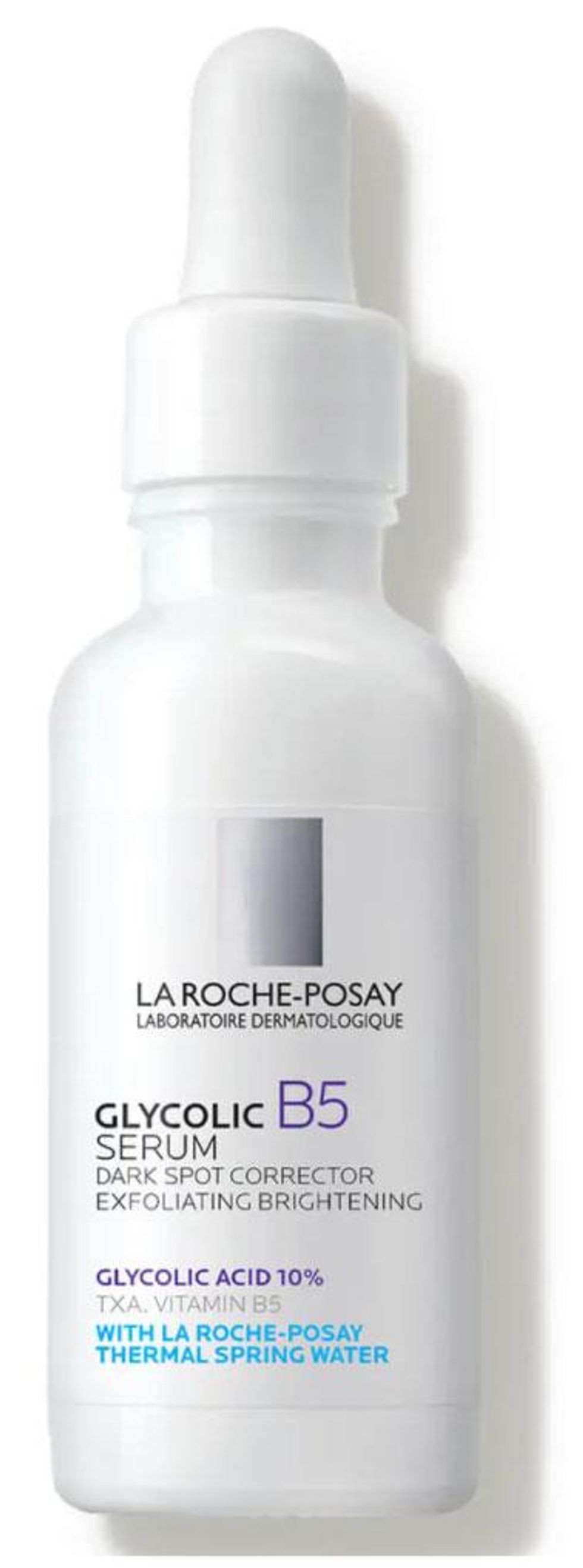So…What Exactly Is an “Active” Skin-Care Ingredient?
Ahead, a full breakdown on active vs. inactive skin-care ingredients.

With skin care still at the top of our wellness repertoire as we approach the end of the year, beauty buffs have become quite the expert at putting research into the products they slather onto their faces, going beyond product claims and descriptions and actually dissecting the ingredient labels. But even if you haven't taken a deep-dive into exactly what's in your products, chances are you've come across the word 'active ingredients.'
Understanding the difference between active and inactive ingredients in skin care can be the difference between a proper routine that actually works versus on that stresses your skin out. To help explain the difference between the two categories and to teach us how to use certain active and inactive ingredients in order to target our specific skin-care needs, we reached out to board-certified dermatologists Dr. Hadley King and Dr. Tina Alster, creator and co-founder of The A Method.
Active Ingredients Versus Inactive Ingredients
According to Dr. King, an active ingredient refers to any ingredient classified as a drug by the FDA. That means any ingredient whose intended use is to treat or prevent certain conditions, or an ingredient that alters the way the body works. Active ingredients must be approved by the FDA for both efficacy and safety before being brought to market, she adds. Think of active ingredients like the star of the show, the main ingredient used to treat whatever skin concern you're targeting, whether it be nixxing acne flare-ups, improving your skin's texture and tone, reducing inflammation, or reducing the visible signs of aging.
But if active ingredients are the main event, what are inactives for? Though they're not regulated by the FDA, Dr. Alster notes that most inactive ingredients come in the form of emollients and stabilizers, and their purpose is to transport the actives in skin care to the intended target areas of the skin. In addition to being the vehicle that gets active ingredients where they need to go, these ingredients are also responsible for the texture, lifespan, and scent of the product.
Active Ingredients You Should Consider Adding to Your Routine
Retinol: Retinol is perhaps the most celebrated active ingredient in the world of anti-aging skin care, and for good reason. Not only has it been proven to stimulate the production of collagen (the skin firming protein that our bodies naturally slow down producing as we age), but it increases cell turnover and helps prevent and treat clogged pores. "We typically see 0.5 percent and 1.0 percent retinol concentrations in skin-care products; dermatologists generally offer higher percentages in chemical peels to benefit exfoliation," says Dr. Alster. Retinols may be deactivated by benzoyl peroxide and hydroxy acids, and while they can be used within the skin-care routine, they shouldn't be applied at the same time.
Alpha-Hydroxy Acids (AHAs) and Beta-Hydroxy Acids (BHAs): AHAs and BHAs are used to chemically exfoliate the skin. Says Dr. King, "[AHAs and BHAs] dissolve the bonds that hold dull, dead skin cells on the surface of the skin so that the skin will gently shed, revealing smoother, brighter skin underneath." The difference between the two? AHAs are water-soluble and work their magic on the surface of the skin while BHAs are oil-soluble and work both on the surface of the skin as well as deep within the pores. While AHAs like glycolic acid and lactic are generally preferred for normal to dry, sun-damaged skin, BHAs such as salicylic acid are ideal for normal to oily skin that's prone to acne and clogged pores.
Vitamin C: Next to retinol, vitamin C is an all-star ingredient for all skin types. Says Dr. Alster, "Vitamin C works as an antioxidant to scavenge for free radicals. It also helps promote even pigmentation and can even stimulate collagen production. Every skin-care regimen should include topical vitamin C to protect the skin."
Inactive Ingredients You Should Consider Adding to Your Routine
Botanicals: These inactives are derived from flowers, plants, seeds, and nuts and are distilled into powerful extracts and oils that can then be used for skin care. Dr. Alster notes that while some botanicals (such as licorice and camomile) can minimize conditions such as blotchiness and redness, other botanicals (like black cumin seed oil and green tea) may provide anti-aging properties, improve hydration, and protect the skin from harmful environmental stressors.
Emollients: Most commonly found in moisturizers, emollients work to soften and smooth the skin. Dr. King says they help in skin barrier function, membrane fluidity, and cell signaling, leading to an overall improvement in skin texture and appearance. Some examples of emollients include cholesterol, squalene, fatty acids, fatty alcohols, and ceramides.
Preservatives: Preservatives are what extend the lifespan of your products. Beyond this, they're also used to eliminate bacteria growth and contamination. Needless to say, they're an essential part of keeping your skin-care products clean and on your shelf longer. If you're not comfortable using products that use parabens as a preservative, look for alternatives like phenoxyethanol and potassium sorbate, which are typically found listed together on an ingredient label.
Shop the Story:
Amazing Peel Kit

Dr. Alster calls out active ingredient trichloroacetic acid (TCA) as a popular alternative to AHAs and BHAs, as it can yield many of the same results with far less irritation. "TCA is a terrific exfoliator that is ideal for combatting summer sun damage and minimizing the signs of aging," she says. This at-home peel kit is safe and self-neutralizing, and uses TCA as its hero ingredient to even out skin tone and improve hyperpigmentation.
Advanced Retinol + Ferulic Overnight Wrinkle Treatment

Retinol and ferulic acid fuse to make this potent treatment blend that tackles deep lines and wrinkles. It's ideal for anyone dealing with dryness, dark spots, and an overall lack of firmness.
Cocoon Replenishing Ceramide Rich Cream

Dry skin requires a thirst-quenching formula that doesn't leave behind a greasy residue. Cue this replenishing cream from Ghost Democracy, which uses a 2.2 percent ceramide blend to smooth skin's texture and deeply hydrate.
Up All Night Eye Cream

Brighten up tired eyes with this luxe eye cream. It's loaded with hyaluronic acid, coffee seeds, and botanical extracts to improve skin's radiance and hide dark circles. Plus, it gets bonus points for how quickly it absorbs into the skin.
Glycolic B5 Serum Dark Spot Corrector

If your skin is suffering from sun damage (think: dark spots, discoloration, and uneven tone), this serum from La Roche-Posay may be the fix. Skin-brightening glycolic acid is the star of the show (at a concentration of 10 percent), with tranexamic acid and vitamin B5 serving as its trusty sidekicks.
Photo: Courtesy of Instagram/@drdennisgros
Want more stories like this?
Your Fall Skin-Care Starter Pack
How an Injectable Neurotoxin Changed the Face of Aging
Achieve Your Glowiest Skin Ever with These At-Home Chemical Peels




